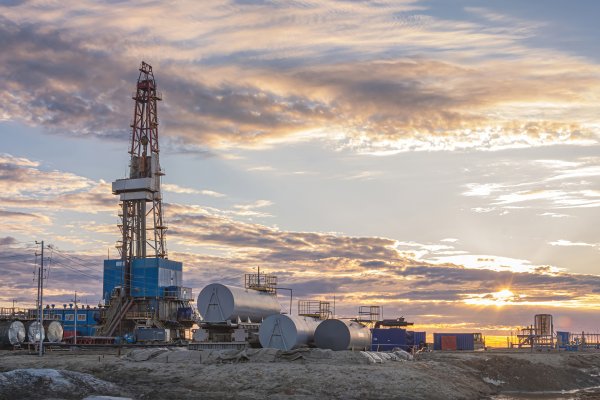Cement in the oil and gas wells is used primarily to support the casing and to provide hydraulic isolation of various geological formations penetrated by the wellbore. However, this primary job can be jeopardized by the cracking or debonding of cement sheath from either casing or the formation. Of issues exposing the cement sheath integrity to risk are required stimulation practices such as hydraulic fracturing due to high pressure and temperature fluctuations. Typically, these strong fluctuations accommodate the formation of radial cracks and micro-annuli. Occurrence and coalescence of these cracks through the entire length of cement sheath accommodate the formation of leakage paths for hydrocarbon migration from high-pressure layers to shallower formations. In extreme cases, this may cause uncontrolled release of hydrocarbons, as known as underground blowout or underground venting. A study performed by US MMS concluded that nearly 52% of all wells in the Outer Continental Shelf of the Gulf of Mexico showed sustained casing pressure, potentially resulting from channels in the cement behind pipes.
To achieve sustainable leak-free shale gas supply, engineering cement properties to heal the damages on-demand under such severe conditions becomes necessary. Recently, a few techniques based on adding smart materials and nanoparticles have been developed to improve cement properties, but these improvements have sacrificed other strength properties of cement and none of them has imparted self-healing properties to cement. For instance, Dahi Taleghani et al. proposed a new class of expandable particulate additives made of shape memory polymers to address the shrinkage-induced debonding of cement sheath. Furthermore, biological (bacteria-doped) cements for the on-demand healing of cracks has not been successful as a transformative technology due to the limitations of bacterial cell (Bacillus pseudofirmus) viability under extreme underground conditions. In this cross-disciplinary effort, we propose a cost-effective, transformative, and accessible approach to fabricate bioinspired, self-healing, and living cell-free cements, which can respond to the extreme underground mechanical and/or thermal damages on demand.



